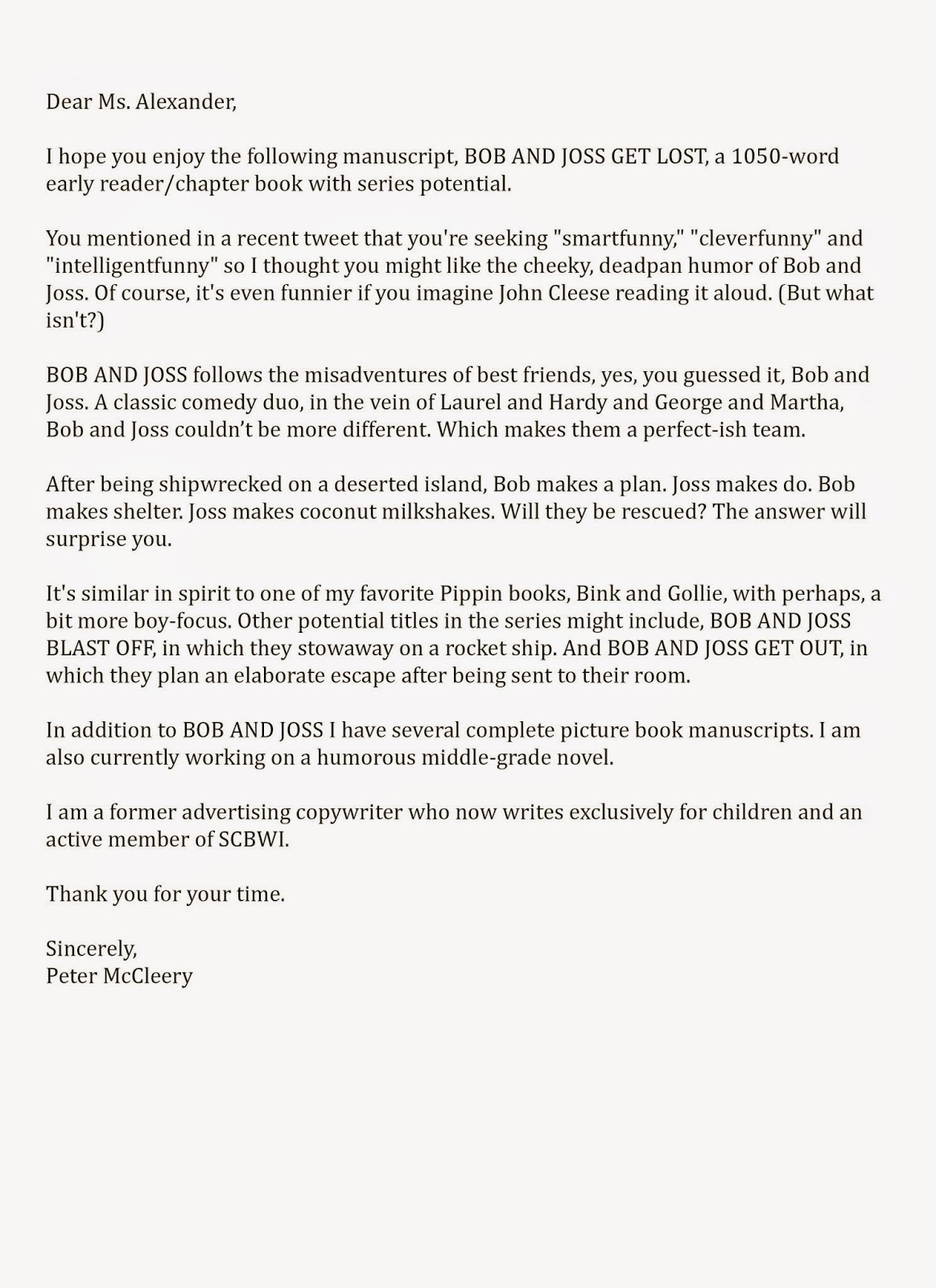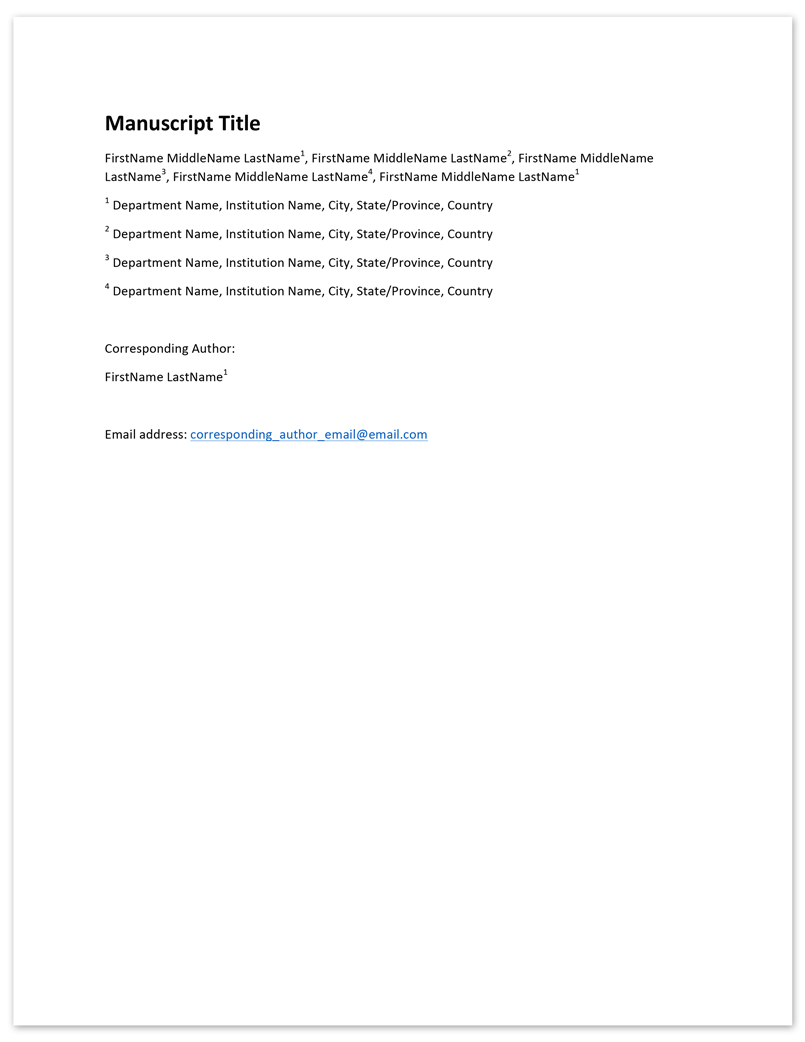
You can also mention any previous publications or relevant experience that you have. A brief introduction: Start by introducing yourself and your work, and explaining why you think it would be a good fit for their publication.If you don’t know the name of the editor, use a generic greeting such as “Dear Editor.” This shows that you have done your research and are genuinely interested in the journal. A personalized greeting: Address your cover letter to a specific editor if possible.It is essential to double-check this information to ensure that it is correct. The journal’s contact information: Next, you should include the name and address of the journal you’re submitting to.This information should be accurate and up-to-date so that the editor can contact you easily. It should be at the top of your cover letter and should include your name, address, phone number, and email. Your contact information: This is the most crucial part of your cover letter.Here are some essential components of your cover letter that you should keep in mind. It is the first thing that the editor will read, so it needs to be engaging and informative. Submitting a journal article requires a lot of effort, and a well-written cover letter can make all the difference.

Essential Components of a Journal Submission Cover Letter By demonstrating professionalism, personalization, a clear understanding of your own work, and a passion for what you do, you can make a great impression and increase your chances of success. In summary, a well-crafted cover letter can give you a significant edge when submitting your work to a journal. Employers want to work with people who are passionate about what they do, so don’t be afraid to let your excitement shine through. Use this opportunity to showcase your personality and enthusiasm for your work. This shows that you have a deep understanding of your own work and can communicate its value to others.įinally, it’s important to remember that a cover letter is your chance to make a great first impression. Your cover letter should include a concise summary of your submission, highlighting its strengths and explaining why it would be a good fit for their publication. In addition to personalization, it’s important to demonstrate a clear understanding of your own work. This will allow you to tailor your cover letter to their specific needs and show that you are truly interested in working with them. Take the time to read through their website and familiarize yourself with their style and tone. Employers want to see evidence that you’ve done your research and have a clear understanding of their publication. This shows that you take your work seriously and that you have put in the effort to present yourself in the best possible light.
#COVER LETTER FOR MANUSCRIPT SUBMISSION EXAMPLE PROFESSIONAL#
Your cover letter should be written in a professional tone of voice and be free of any typos or grammatical errors. However, it’s important to understand what employers are looking for in a cover letter so that you can make the best impression possible.įirst and foremost, employers are looking for professionalism. It’s your chance to introduce yourself and your work to potential employers and convince them that your submission is worth their time and consideration. When it comes to submitting your work to a journal, your cover letter can make all the difference.

What Employers Look For In A Journal Submission Cover Letter In this article, we’ll explore everything you need to know about creating a standout journal submission cover letter, including essential components and common mistakes to avoid.

This document is your chance to make a good first impression, and it can often be the deciding factor in whether or not your submission is accepted. If you’re looking to get your work published in a journal, you already know how important it is to submit a well-written cover letter.


 0 kommentar(er)
0 kommentar(er)
